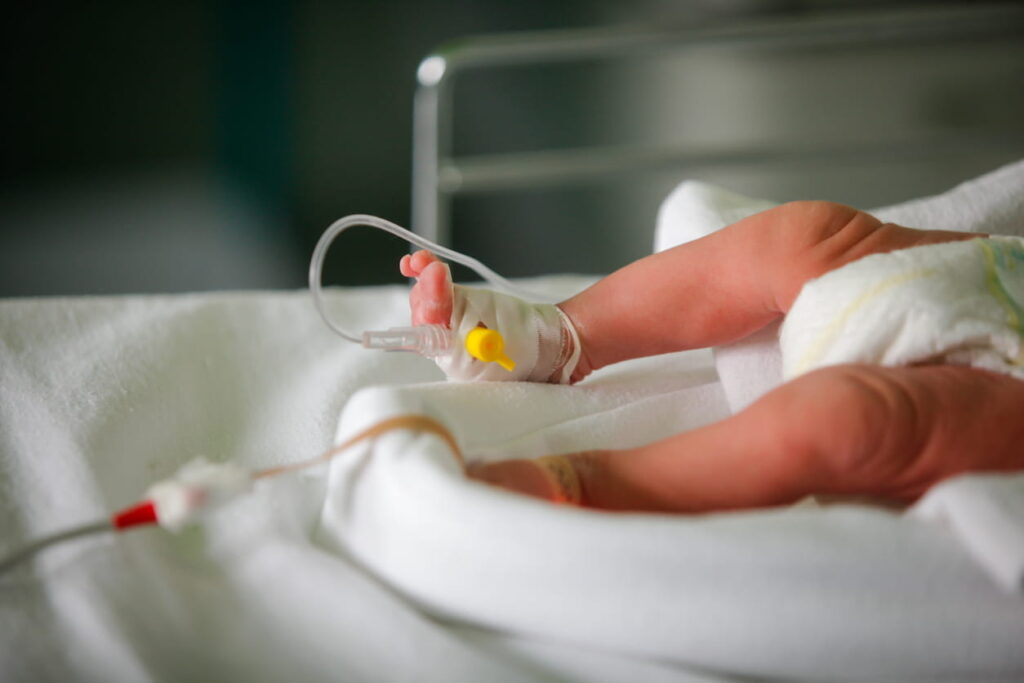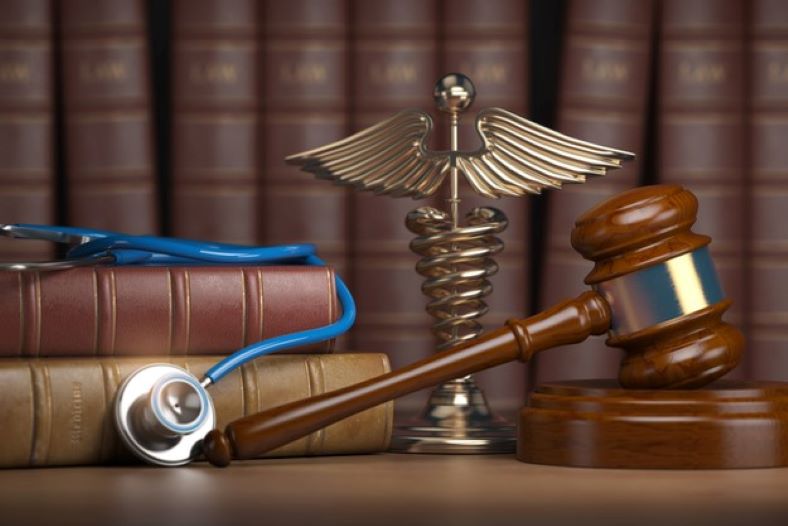What Are The Symptoms Of Cerebral Palsy?

The minute you find out you are expecting, most parents begin to think about what the new little one will look like and the perfect name to match. What expecting parents don’t typically think about is potential birth related ailments such as cerebral palsy. For those who aren’t familiar with the disease, cerebral palsy is a group of disorders that affect an individual’s ability to move and maintain balance and posture. We will discuss the symptoms, types, and causes of cerebral palsy as well as how Bachus & Schanker can help you if you believe your child’s cerebral palsy is the result of a birth injury.
Symptoms of cerebral palsy
Signs of cerebral palsy vary greatly due to a number of factors like type and severity of the disability. The most distinct sign that your child may suffer from this illness is a delay in motor movement milestones. However, it is important to note that just because a child experiences a delay in motor movement does not inherently mean they have cerebral palsy.
Signs of cerebral palsy in a baby younger than six months:
- Head lags when picked up from laying on their back
- Feels stiff
- Feels floppy
- Back and neck are overextended when cradled
- When picked up, legs become stiff and cross or scissor
Signs of cerebral palsy in a baby older than six months:
- Is unable to roll over in either direction
- Cannot bring hands together
- Difficulty bringing hands to mouth
- Reaches with only one hand while keeping the other fisted
Signs of cerebral palsy in a baby older than ten months:
- Crawls in a lopsided manner, pushing off with one hand and leg while the opposite hand and leg drags
- Scoots around on backside or hops on knees but does not crawl on all fours
What causes cerebral palsy?
Cerebral palsy is caused by abnormal development of the brain or damage to the developing brain. This can occur before birth, during birth, within a month after birth, or during the first year of a child’s life, while the brain is still developing. Specific causes pertaining to cerebral palsy include:
- Fetal stroke
- Bleeding into the brain
- Traumatic head injury
- Lack of oxygen
- Genetic mutations
- Maternal infections
Cerebral palsy from birth injuries
First things first, a brain injury at birth occurs when a newborn experiences injury during the birthing process. The most frequently seen birth injury is brain damage typically caused by:
- Bacterial or viral infections
- Kernicterus or jaundice
- Oxygen deprivation
- Brain bleeds
- Physical injury during delivery
While not all cases of cerebral palsy are the result of birth injury there are a high number of cases where a doctor’s inaction or negligence is the cause. In the majority of cases caused by birth injuries the patients never realize their doctors are responsible. At Bachus & Schanker we believe that even one case of cerebral palsy due to inaction or negligence on behalf of the doctor is too many.
Cerebral palsy as a result of birth injuries stemming from negligence may arise from mismanagement of complications, failure to identify distress signs, failure to act in a timely manner to complications and signs of distress, excessive force during delivery, or incorrect use of medical tools like forceps or vacuums. Because symptoms of cerebral palsy can take months to appear and diagnosis can take more than two years, you may not realize that your doctor or medical personnel played a role in your child’s development issues. This is why many birth injury cases of cerebral palsy are never confronted.
If you suspect your child may suffer from cerebral palsy due to a birth injury, talk to our team of experienced and compassionate legal professionals. We are more than prepared to take on the task of confronting those responsible for your child’s birth injury. Every child deserves a voice and we at Bachus & Schanker ensure that their voice is heard.
Symptoms of cerebral palsy
We briefly discussed a few of the symptoms of cerebral palsy. However, we wanted to do a more in depth overview. In order to spot the symptoms of cerebral palsy you have to be well informed on what they are. Symptoms fall under a few different categories:
- Movement and coordination:
- Stiff muscles and exaggerated reflexes also known as spasticity is the most common movement disorder
- Variations in muscle tone can appear as being too stiff or too floppy
- Stiff muscles with normal reflexes or rigidity
- Lack of balance and muscle coordination or ataxia
- Tremors or jerky involuntary movements
- Slow, writhing movements
- Favoring one side of the body
- Difficulty walking
- Difficulty with fine motor skills
- Speech and eating:
- Delays in speech development
- Speaking difficulty
- Sucking, chewing, or eating difficulty
- Excessive drooling or problems with swallowing
- Development:
- Motor skill milestone delays
- Intellectual disabilities and deficits
- Delayed growth
Damage to the brain can cause other neurological symptoms such as:
- Seizures
- Hearing deficits
- Issues with vision and abnormal eye movements
- Bladder and bowel issues
- Mental health disorders and conditions
Types of cerebral palsy
The disease known as cerebral palsy is something most may have heard of, what may not be such common knowledge is that there is more than one type of cerebral palsy. The types of cerebral palsy are classified by the kind of movement affected, the body parts affected, and the severity of the symptoms.
Stiff muscles (spasticity)
The most common form of CP, is characterized by stiff muscles that result in jerky or repeated movements. This form of the disorder is even further categorized depending on the body parts affected.
Uncontrollable movement (dyskinesia)
This form of cerebral palsy involves slow and uncontrollable jerky movements of the hands, feet, arms, or legs. Face and tongue muscles may be overactive and cause drooling and facial expressions in children. It is common for those with this form of the disease to have difficulties sitting straight or walking.
Poor balance and coordination (ataxia)
Those suffering from this form of CP suffer from issues with balance and depth perception. Individuals with ataxic cerebral palsy have an unsteady walk and have difficulty with quick or precise movements.
Mixed cerebral palsy
Individuals with mixed cerebral palsy suffer a mix of symptoms from the other forms of cerebral palsy.
Was your child the victim of a birth injury? We are here for you!

Bringing a new life into the world is a joyous occasion meant for celebration. Unfortunately, not every pregnancy and birth go as planned, and some children may suffer from birth injuries that can have lasting effects. Birth injuries due to the negligence of medical professionals should never go unaddressed. It’s important to know that there is help out there for you and your family.
If your child has been the victim of a birth injury, it is normal to feel overwhelmed, upset, and unsure about what the future holds. Remember, you are not alone in this journey. Reach out for support, connect with others who have gone through similar experiences, and consult with legal professionals who can guide you through the necessary steps.
Bachus & Schanker is ready to fight on your behalf. Together, we can navigate the challenges and help you receive the compensation you deserve. If you or a loved one suspect your child has cerebral palsy due to a birth injury, contact us today and speak to our experienced legal team.
References:
Centers for Disease Control and Prevention. (2022). Cerebral Palsy.
Mayo Clinic. (2021). Cerebral Palsy.





